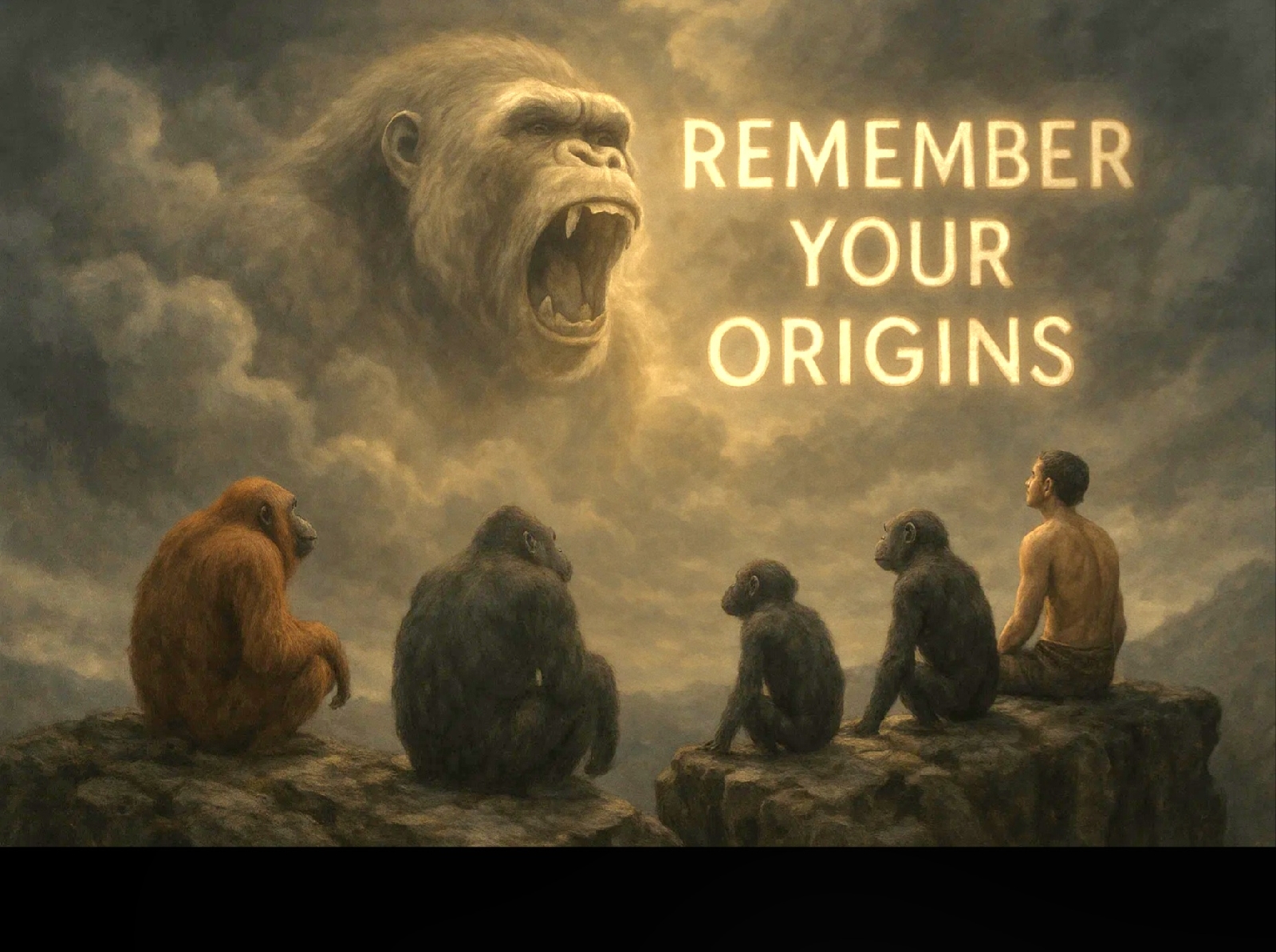Ten years ago this month, I had the profound honor of testifying in an Argentine court in a case that would make international headlines and shift the global conversation on animal rights. The case centered on Sandra, a then 29-year-old Sumatran orangutan who had lived most of her life in captivity at the Buenos Aires Zoo.
Sandra wasn’t just another great ape in a cage—she was intelligent, emotional, curious, and, as the court would ultimately recognize, sentient. When Argentina’s Administrative and Tax Litigation Court No. 4, under the visionary leadership of Judge Elena Liberatori, issued its groundbreaking ruling, it declared Sandra to be a non-human person with rights. It was a watershed moment not just for orangutans, but for how we humans relate to the other intelligent beings with whom we share this planet.
A Landmark in Legal and Ethical History
I remember testifying in the courtroom via Skype, humbled to bring my four decades of experience working with orangutans. I spoke about orangutan cognitive abilities, emotional lives, and capacity for suffering—testimony rooted in years of research, including my own efforts teaching sign language to ex-captive orangutans in Borneo.
The judge’s ruling was more than symbolic. It was a legal affirmation that Sandra was not a “thing,” but a being who must be treated in accordance with her sentient nature.
The Meaning Behind “Mandamus”
When Sandra was finally transferred after four more years from the closed Buenos Aires zoo to the Center for Great Apes sanctuary in Florida, a small yet powerful symbol accompanied her: a label on her transport crate reading “MANDAMUS.” Judge Liberatori later reminded me that this wasn't a mere formality—it was a judicial affirmation of her personhood.
In my book Out of the Cage, I wrote that “While Sandra may have lost her personhood status as an orangutan in United States, she was greeted by staff as a rock star.” When Judge Liberatori read that line, she gently pushed back.
She told me that Sandra never lost her personhood—because she carried it with her. Her crate wasn’t just labeled “Sandra, orangutan.” It bore the word “MANDAMUS”—a Latin term invoking a court order to carry out a duty—which in this case was the duty to recognize her as a legal person wherever she went. This was a profound legal and moral message to the world: treat her accordingly.
Here is what that court document read, in both English and Spanish:
"BY THIS JUDICIAL TESTIMONY IT IS STATED THAT THE LEGAL STATUS OF SANDRA, THE ORANGUTAN … HAS BEEN JUDICIALLY RECOGNIZED AS A SENTIENT BEING … THEREFORE IN ALL CIRCUMSTANCES IT SHOULD BE TREATED ACCORDING TO SUCH CONDITION. AS A CORRELATION OF THIS, IT SHOULD NOT BE TREATED AS A THING IN ANY CASE OR PLACE WHERE IT IS FOUND."
The Legacy Lives On
Today, Sandra is living out her life in peace and dignity among other great apes. Her journey from captivity to personhood is one of the most remarkable examples of how science, ethics, and the law can intersect to redefine our responsibilities toward non-human beings.
Sandra’s story also serves as a powerful reminder: personhood is not about species—it’s about sentience.
A decade later, I am still advocating for orangutans as persons of the forest, deserving of rights, protection, and respect. Sandra helped pave the way for a more just and compassionate world. Her name—and that bold crate labeled MANDAMUS—will always symbolize hope for all beings trapped in cages, physical or conceptual.
Let us carry her legacy forward.









